20 “Classic” Novels That Are Actually Terrible
Some books are called “classics,” yet many readers secretly wonder how they earned that title. Maybe they were revolutionary in their time, but that doesn’t mean they hold up today. Here are classics that, for many bookworms, just don’t deserve their legendary status.
The Catcher in the Rye by J.D. Salinger
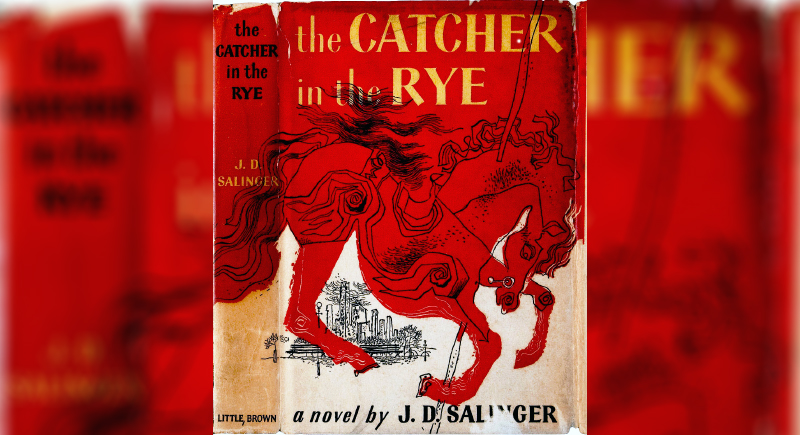
Credit: Wikimedia Commons
Holden Caulfield’s teenage angst is not far from endless whining. The rebellious charm is forced, and the plot is meandering. While Salinger captured postwar alienation, his disenchanted hero now feels more self-absorbed than misunderstood.
Wuthering Heights by Emily Brontë
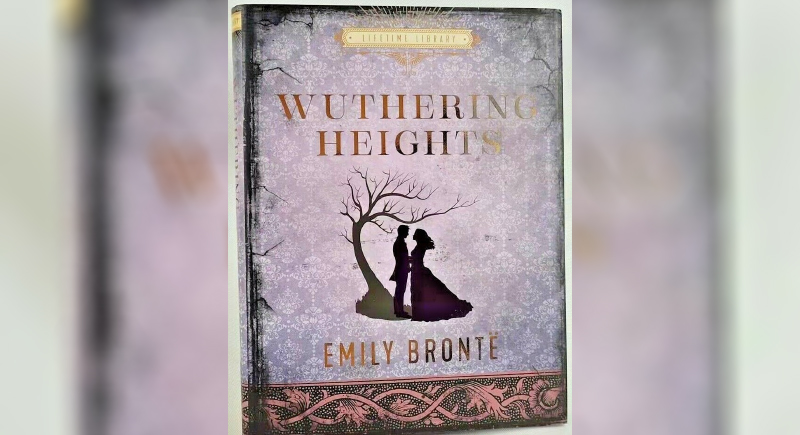
Credit: ebay
For a supposed love story, this one doesn’t have much love to offer. The characters seem permanently stuck between heartbreak and revenge, and the landscape feels hostile. The layered storytelling and endless conflict give it emotional weight, but also wear the reader thin. It’s a haunting novel, though not for the reasons most supporters claim.
Moby Dick by Herman Melville
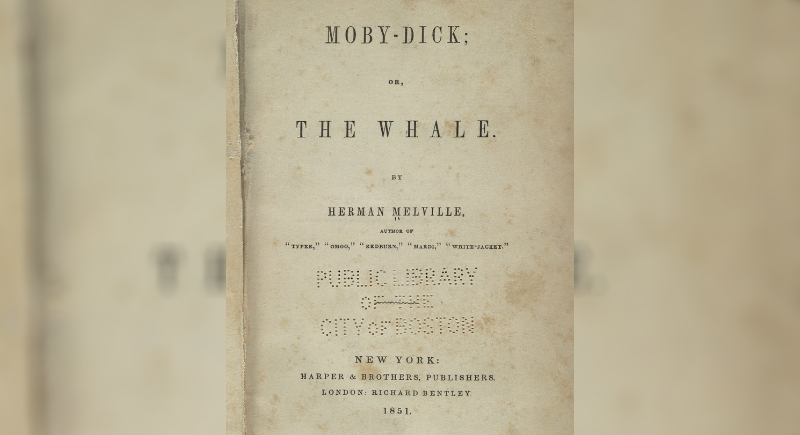
Credit: Wikimedia Commons
“Consider me bored,” said no one in the 19th century, but plenty of modern readers think it. Melville’s sprawling whaling epic is packed with digressions on ship parts, cetology, and religion. While literary professors hail it as genius, even the author’s contemporaries complained about its length. The novel is as exhausting as Ahab’s obsession.
Pride and Prejudice by Jane Austen
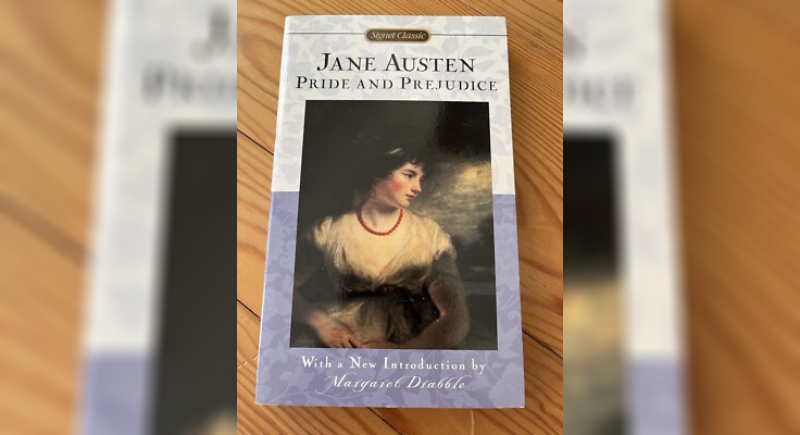
Credit: ebay
Jane Austen’s witty observations once charmed readers, but for some, it is 300 pages of polite people gossiping about marriage. Charlotte Brontë didn’t care for it, either. Though the novel shaped romantic fiction, it can feel repetitive to modern audiences. Elizabeth and Darcy’s slow-burning courtship is iconic, yet the endless dinner parties and social constraints often overshadow the romance that made it famous.
The Great Gatsby by F. Scott Fitzgerald
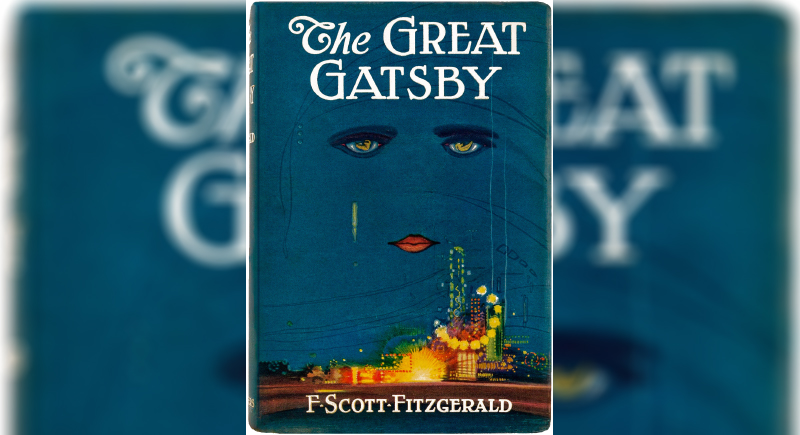
Credit: Wikimedia Commons
Fitzgerald’s glittering Jazz Age tale is full of excess, but for many readers, it’s all style and no substance. Jay Gatsby’s obsession with Daisy feels hollow, and Nick’s narration sometimes reads like detached commentary. Critics praise the symbolism, yet the story itself drifts between parties and tragedy without much heart.
The Grapes of Wrath by John Steinbeck
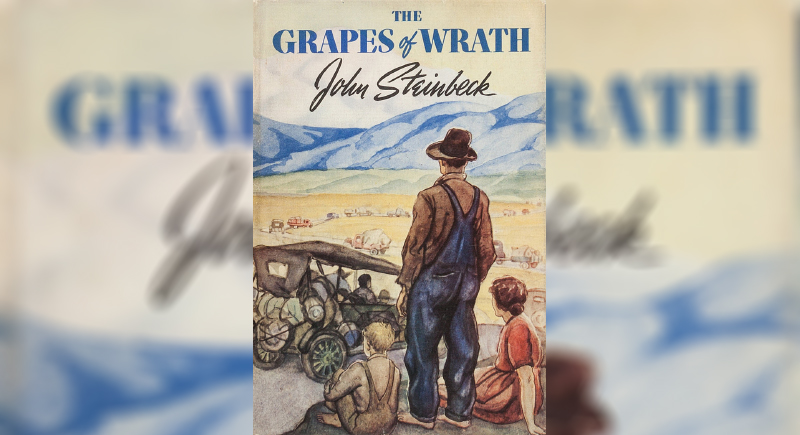
Credit: Wikimedia Commons
Steinbeck’s portrayal of Depression-era hardship is undeniably powerful. However, the novel’s relentless despair can be difficult to endure. Entire chapters feel like sermons, and the pacing slows to a crawl. Though it won the Pulitzer Prize, many readers struggle to finish it. The Joad family’s suffering remains historically significant, yet its heavy-handed symbolism often overshadows genuine emotion.
Lord of the Flies by William Golding
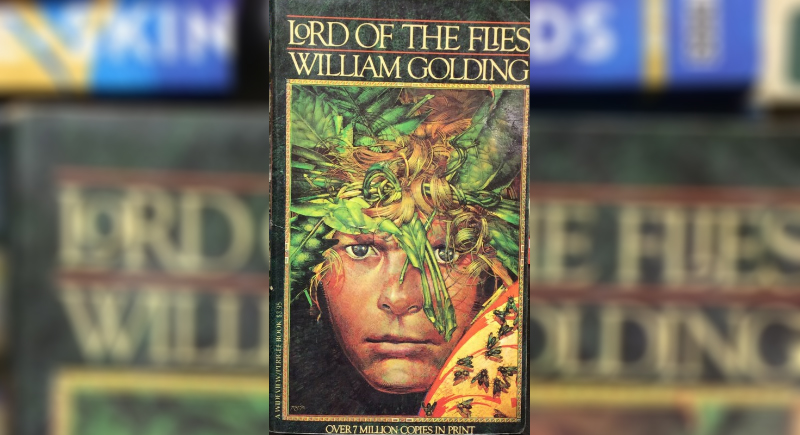
Credit: ebay
Golding’s story of stranded boys is grim and disturbing. The novel’s themes of civilization’s collapse are still studied, but its graphic moments often shock younger readers. Many teachers assign it for moral lessons, yet the bleak tone and lack of hope make it more of a nightmare than an educational experience.
1984 by George Orwell
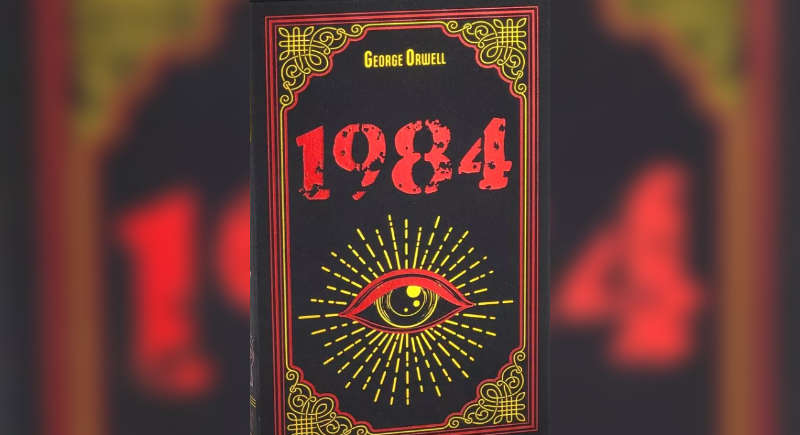
Credit: ebay
This dystopian classic is praised for its political insight, but its execution can feel more like a lecture than a story. Orwell’s world-building is impressive, yet Winston’s journey lacks warmth or depth. The bleakness is unrelenting, and by the end, readers often feel defeated rather than enlightened. It’s an important book, but not always an enjoyable one.
Gone With the Wind by Margaret Mitchell
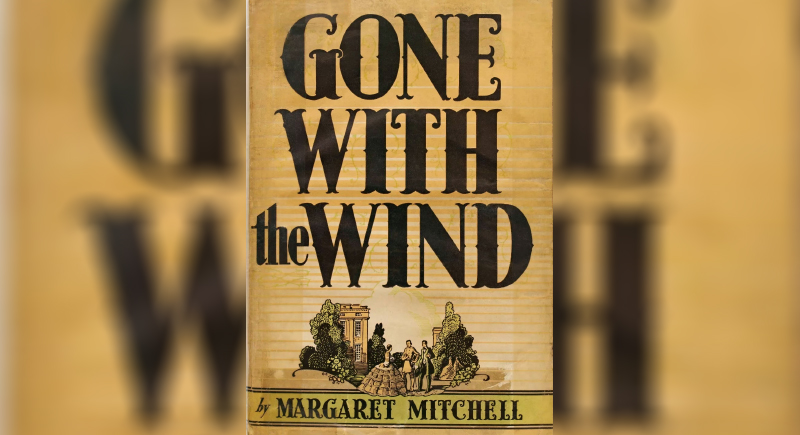
Credit: Wikimedia Commons
Margaret Mitchell’s sweeping Civil War saga remains controversial for romanticizing slavery and portraying the Confederacy through a nostalgic lens. Scarlett O’Hara’s selfishness might make her memorable, but it’s hard to overlook the book’s racist undertones.
The Scarlet Letter by Nathaniel Hawthorne
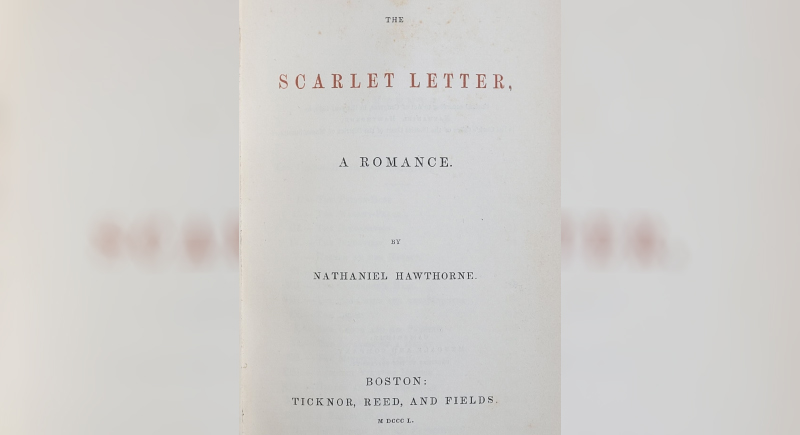
Credit: Wikimedia Commons
High schoolers everywhere groan at this one. Hawthorne’s moral drama about sin and shame is pretty heavy-handed, with symbolism so obvious it’s almost comical. The pacing crawls, and the characters rarely feel human. Though it broke ground in American literature, readers often find it a tedious sermon disguised as a story. The famous “A” might as well stand for “avoid.”
Heart of Darkness by Joseph Conrad
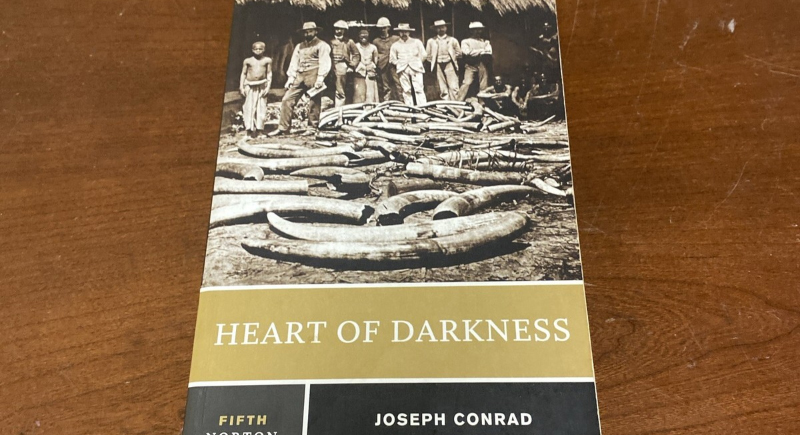
Credit: ebay
Many readers find Conrad’s exploration of imperialism in Africa confusing and problematic. The prose is dense, the pacing sluggish, and the portrayal of Africans deeply racist. While it inspired films like “Apocalypse Now,” the book itself lacks emotional connection. Its philosophical ambition can’t disguise how detached and cold it feels.
Tess of the D’Urbervilles by Thomas Hardy
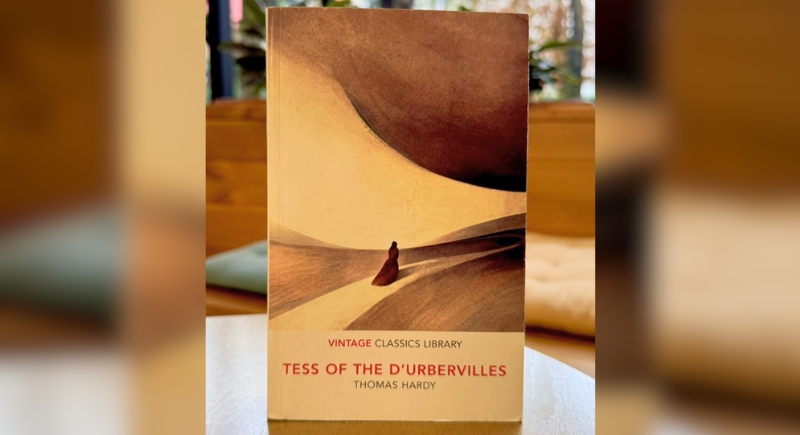
Credit: Instagram
Hardy’s tragic tale of a young woman’s downfall is as bleak as Victorian fiction gets. Tess is endlessly punished while the men around her face few consequences. The story exposes societal hypocrisy, but it’s relentlessly cruel.
Don Quixote by Miguel de Cervantes
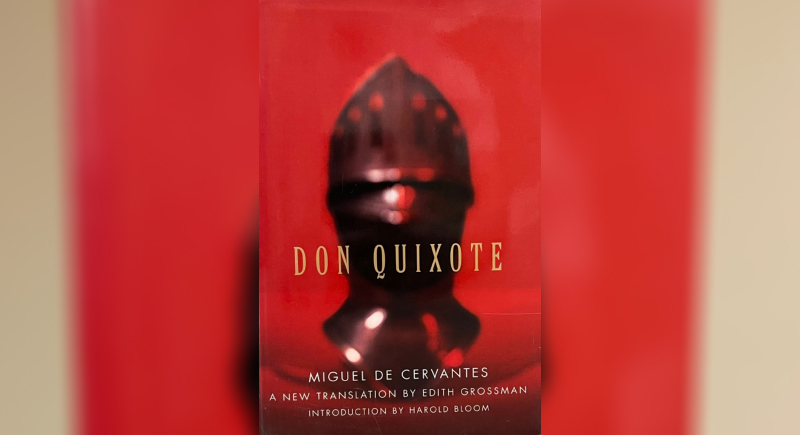
Credit: ebay
Don Quixote is notoriously difficult to read. Its humor, revolutionary for the 1600s, now feels buried beneath repetitive adventures. The book stretches over 900 pages and tests the most devoted readers. Martin Amis once joked that it’s “three-quarters pure boredom.”
Little House on the Prairie by Laura Ingalls Wilder
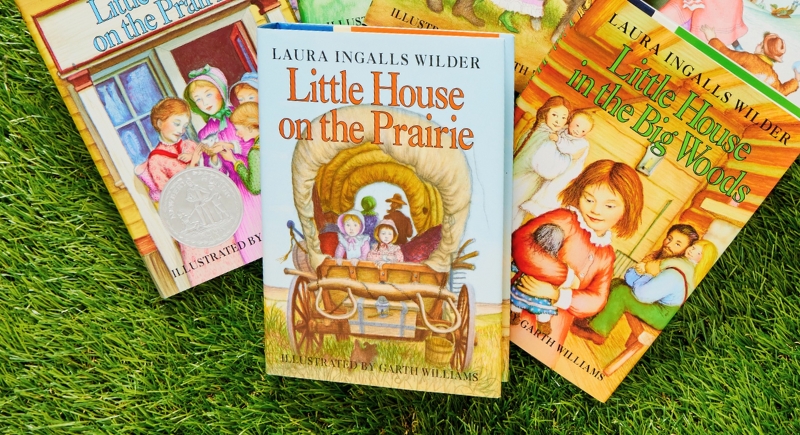
Credit: Facebook
The frontier nostalgia hides a darker side. Wilder’s beloved series paints Native Americans in racist stereotypes. While it’s treasured for its pioneer spirit, rereading it today reveals uncomfortable messages. Many schools now teach it with context rather than praise.
The Sun Also Rises by Ernest Hemingway
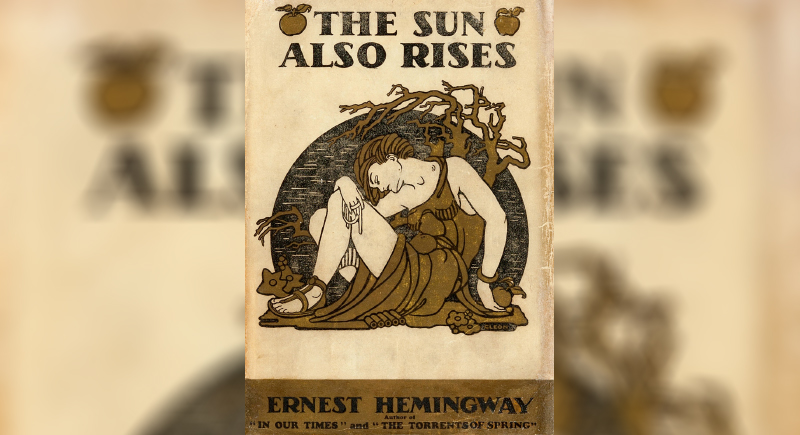
Credit: Wikimedia Commons
Hemingway’s minimalist style works for some, but here it reads more like emotional flatlining. His characters drink, travel, and brood endlessly. Critics once admired its portrayal of the “Lost Generation,” but modern readers often struggle to care. The anti-Semitic language and shallow relationships don’t help.
The Chronicles of Narnia by C.S. Lewis
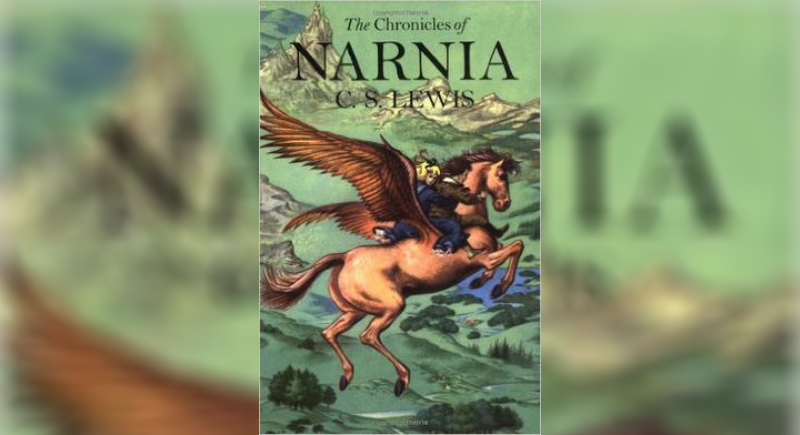
Credit: Wikimedia Commons
Behind the talking animals and magical wardrobe lies a surprisingly preachy moral core. Lewis’s allegories of Christian faith are hard to miss, and fans admit the symbolism can feel forced. Philip Pullman sternly criticized the series for containing outdated themes.
Oliver Twist by Charles Dickens
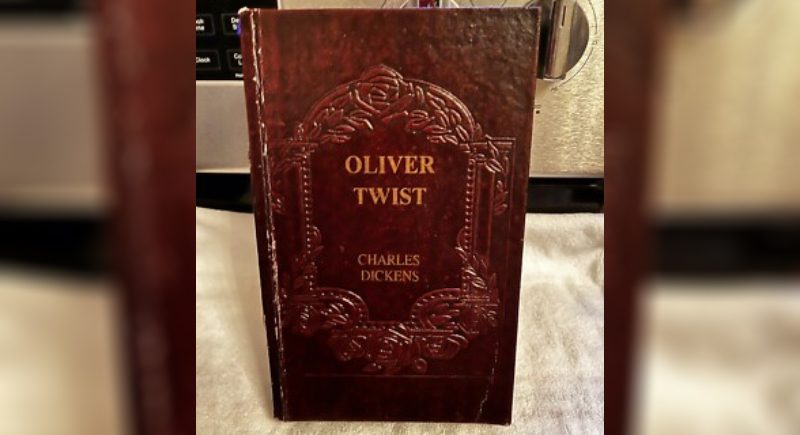
Credit: ebay
Dickens aimed to highlight social injustice, but his portrayal of the villain Fagin as “the Jew” hasn’t aged well. The novel’s sentimentality and lengthy descriptions can wear thin fast. While “Please, sir, I want some more” became iconic, slogging through hundreds of pages of melodrama is less charming.
Romeo and Juliet by William Shakespeare
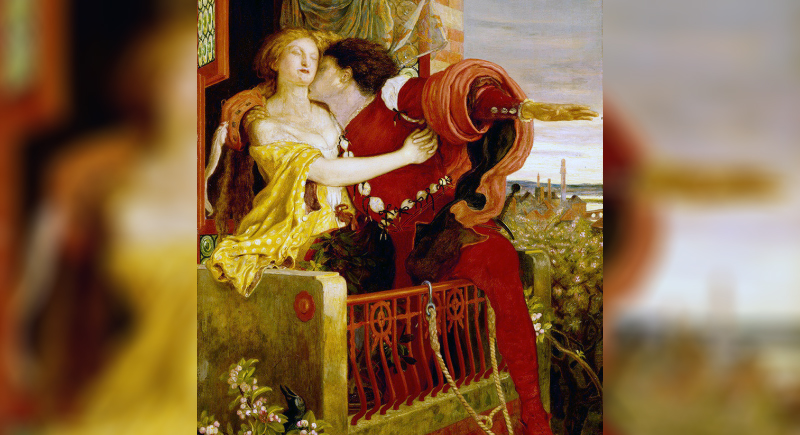
Credit: Wikimedia Commons
This is really just a cautionary tale about impulsive teenagers. Juliet is barely 13, Romeo switches crushes overnight, and the entire romance unfolds in less than a week. Shakespeare’s language is brilliant, but the story’s logic is not so much. Modern audiences tend to roll their eyes more than swoon at this tragic whirlwind.
Of Mice and Men by John Steinbeck
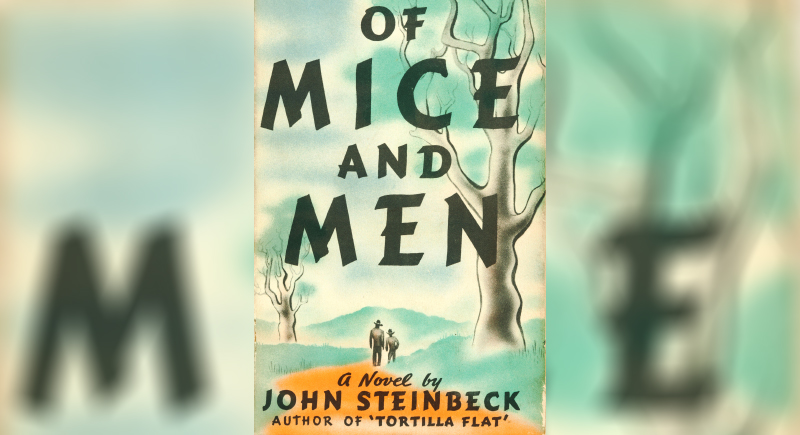
Credit: Wikimedia Commons
Steinbeck’s novella is short but hardly sweet. Its bleak view of the American Dream and tragic ending make it a tough emotional read. While it explores loneliness and friendship, the pacing drags, and the characters feel more symbolic than real.
Finnegans Wake by James Joyce
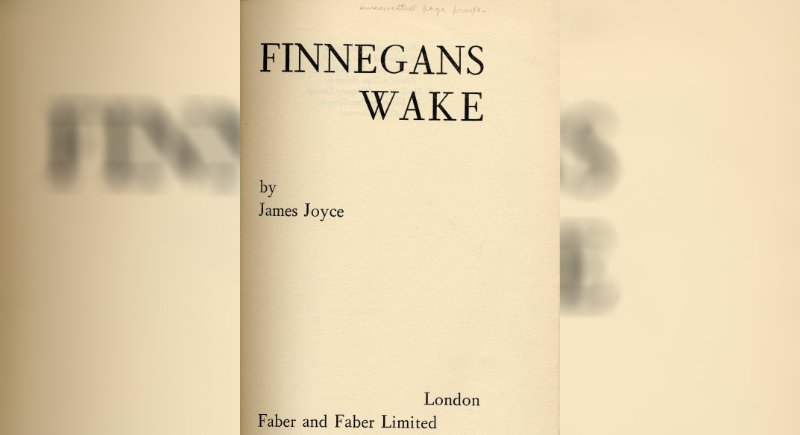
Credit: Wikimedia Commons
If Ulysses tested patience, this one breaks it. Joyce’s final novel is written in a dreamlike, nearly indecipherable language. Critics still debate what half of it means, while most readers give up within pages. For anyone outside literary academia, it’s less a book than a linguistic obstacle course.